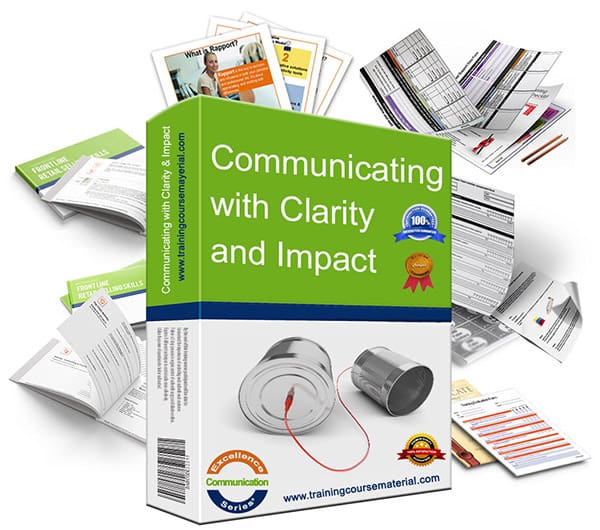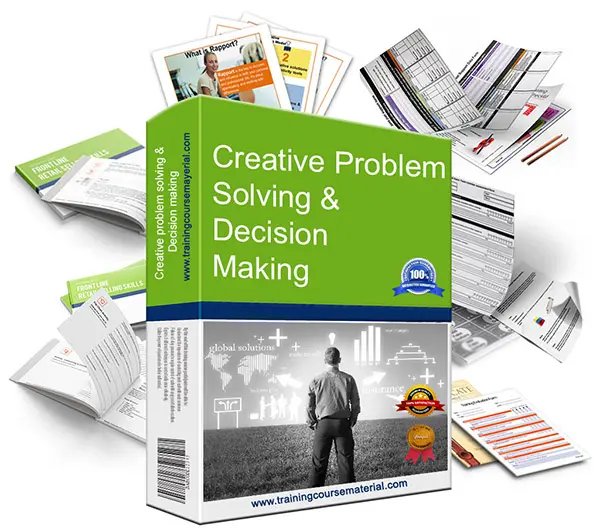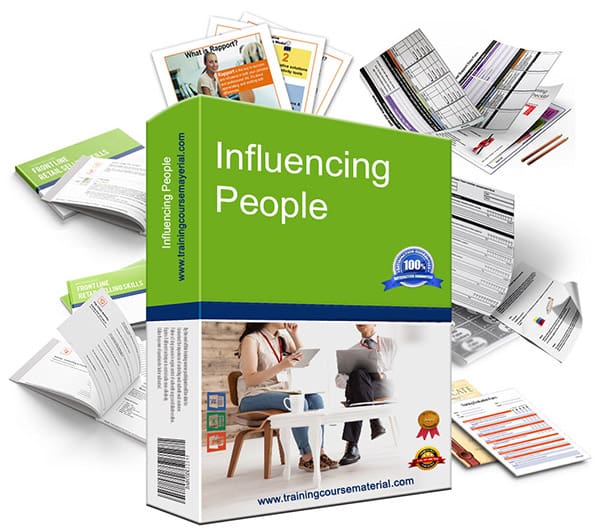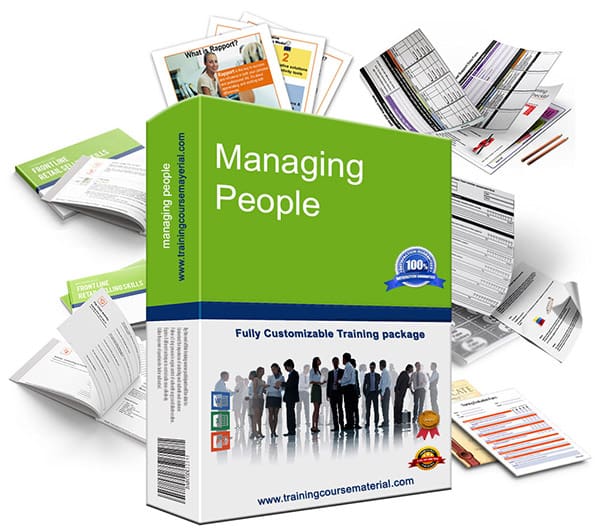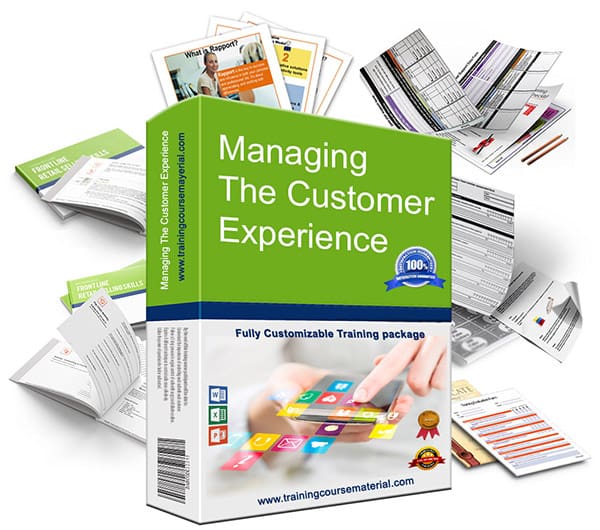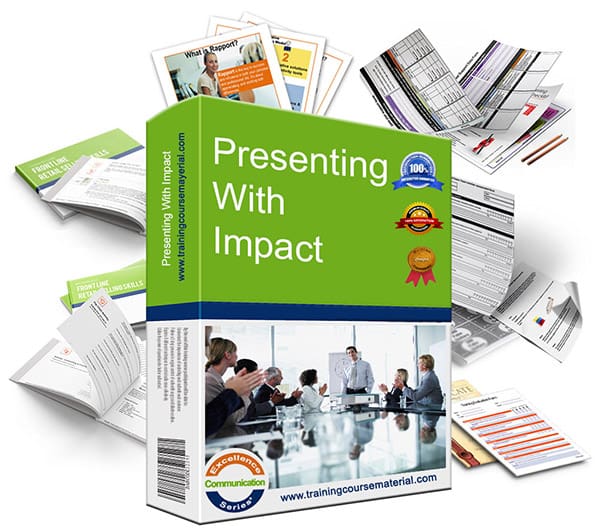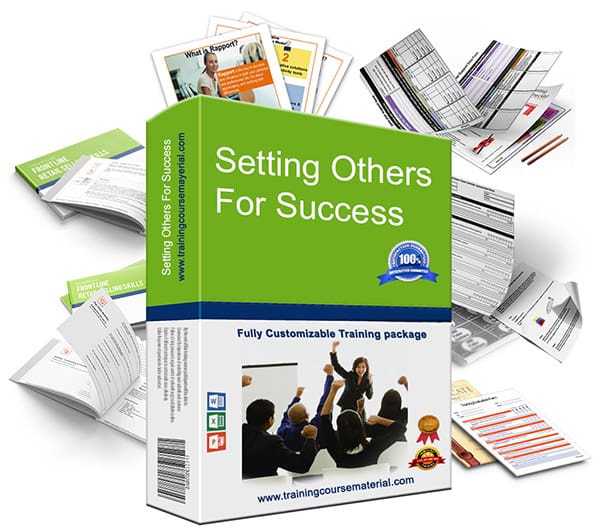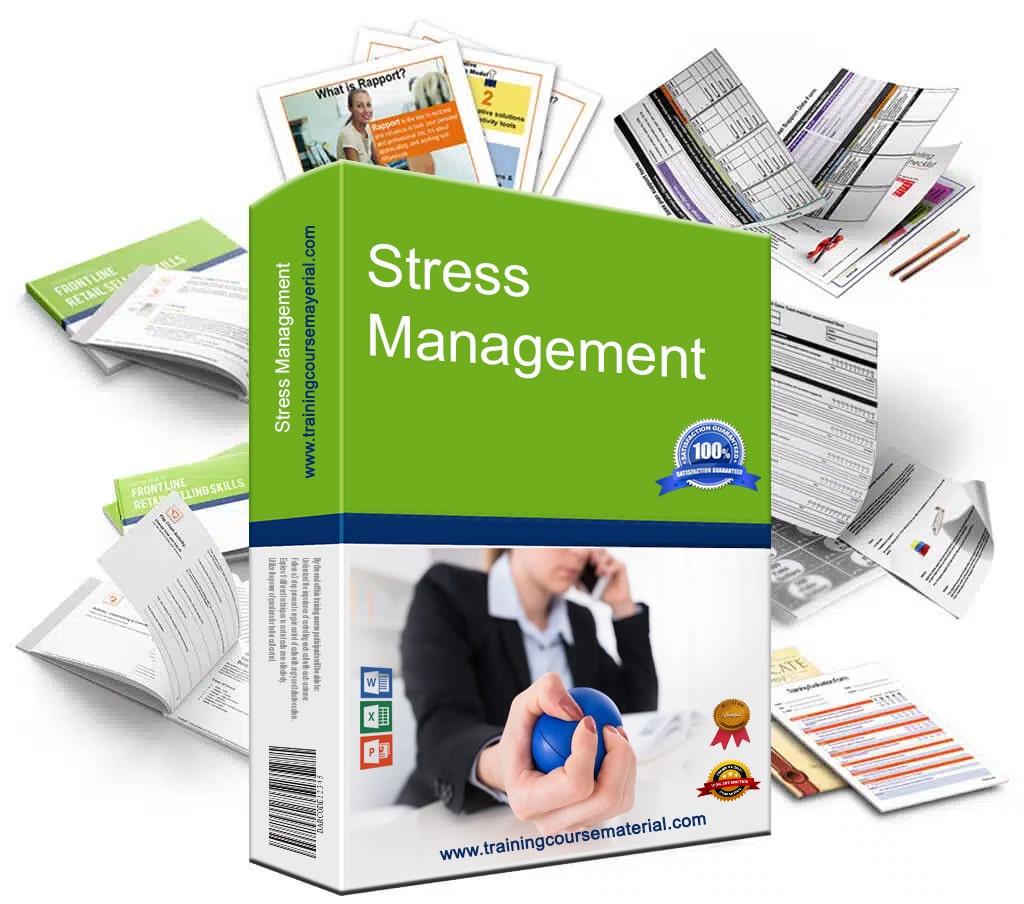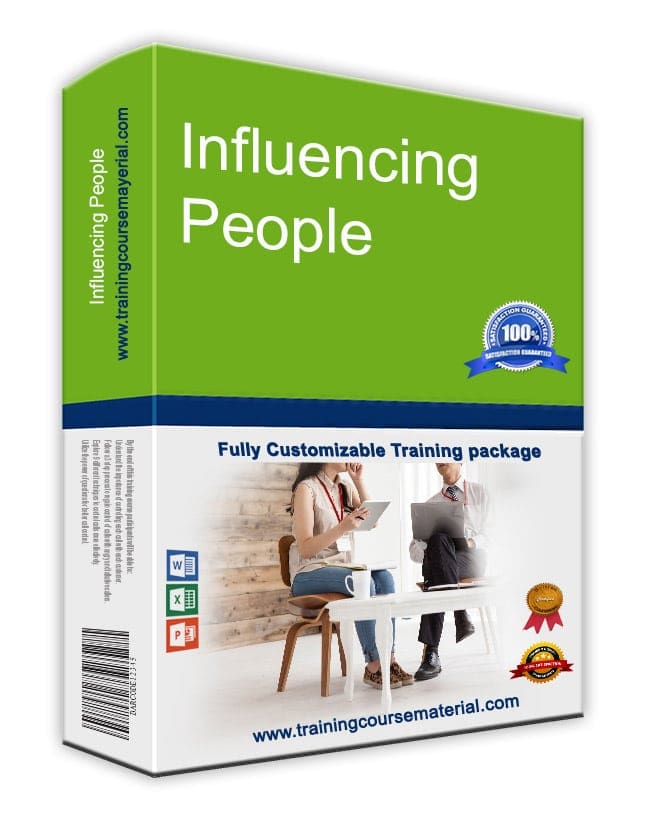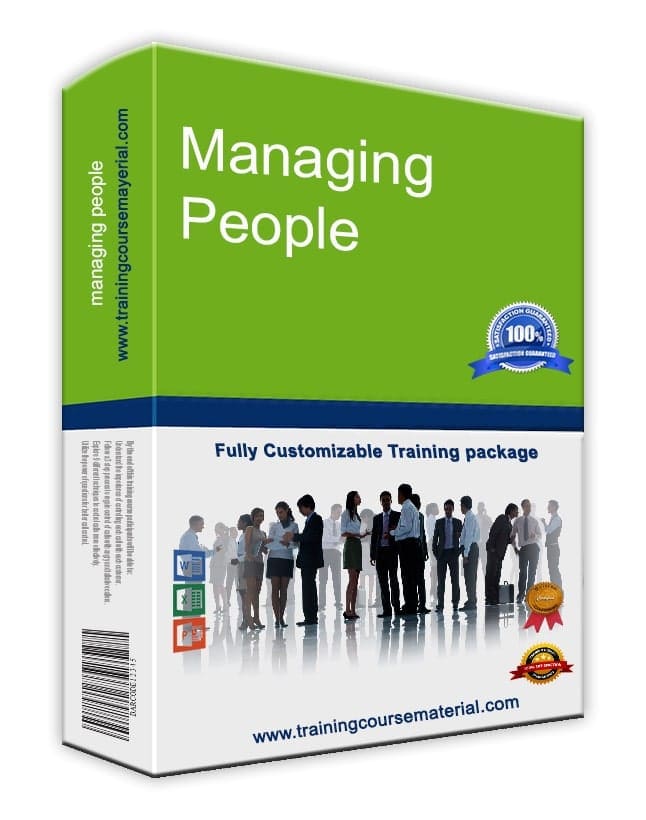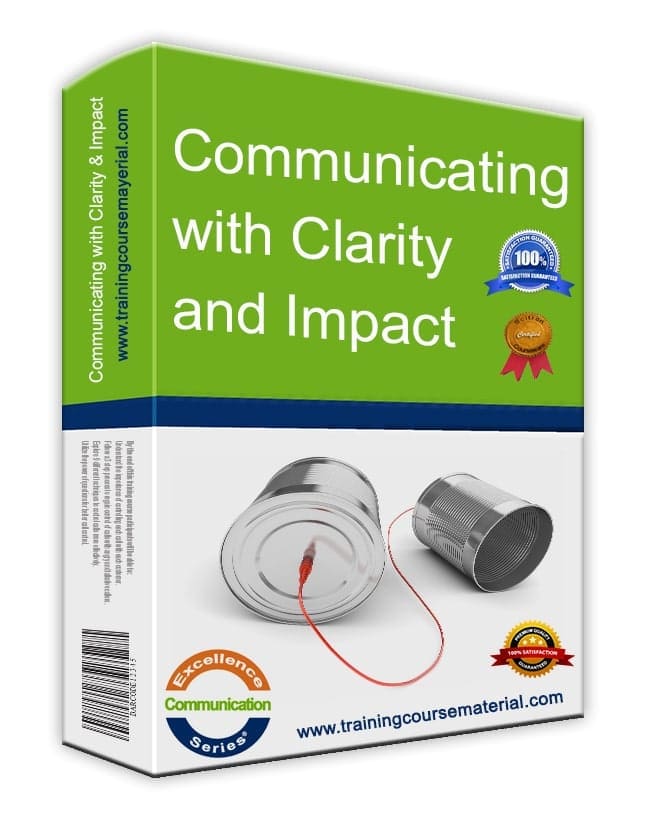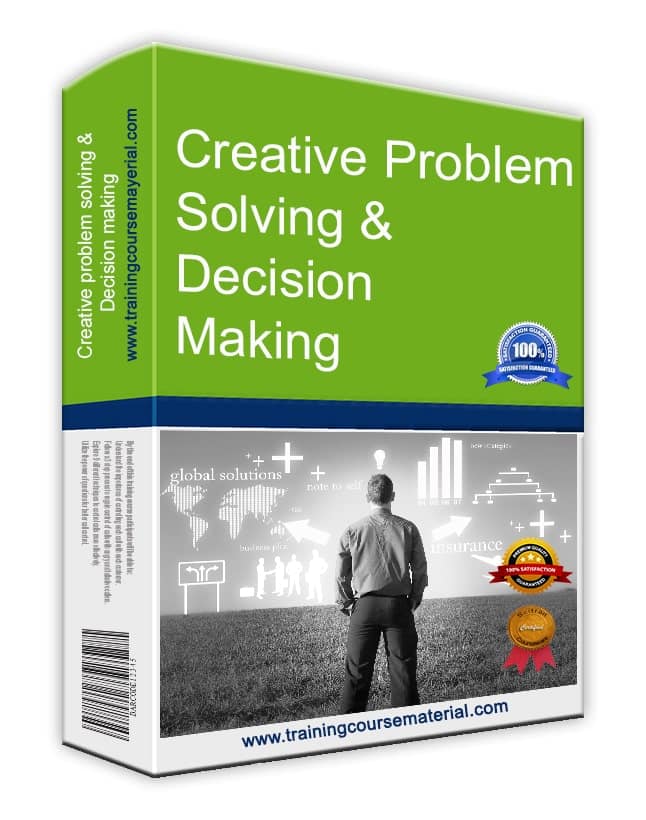Are You an Optimist? A Guide to Positive Thinking
What does it take to be truly optimistic? It starts with one essential thing: your mindset. Your thoughts, beliefs, and inner dialogue shape how you experience the world around you. Before we get into the science, let’s begin with two short stories.
The Travelers and the Monk
Two travelers met a monk while walking to a new village. One traveler complained that his last village was unfriendly. The monk told him the new village would likely be the same. Later, another traveler praised the kindness of his last village. The monk again said the new village would be similar.
Lesson: The way we see the world often reflects what we bring to it. If you expect trouble, you’ll likely find it. If you look for kindness, you’ll see that too.
The Shoe Salesmen
Two shoe salesmen were sent to a country where no one wore shoes. One said, “No market here.” The other said, “Huge potential here.”
Lesson: The facts didn’t change—only the interpretation. Your mindset frames how you view every opportunity and challenge.
How Your Mindset Shapes Reality
According to the American Psychological Association, optimism is associated with better stress management, stronger immunity, and even longer life spans. The principle of “like attracts like”—popularized in discussions around the Law of Attraction—echoes this idea: when your thoughts are positive, you tend to attract more positive outcomes.
This also aligns with the work of psychologist Dr. Martin Seligman, who found that learned optimism contributes to higher achievement and resilience. In one of our workshops, a team leader realized her tendency to expect failure had led her to miss key development opportunities for her staff—just shifting that belief opened up new ideas and team motivation.
Why? Because your subconscious mind filters experiences to match your beliefs. If you believe business is slow, you’ll overlook new opportunities. If you expect success, your mind helps you notice and act on what aligns with that belief.
Why You’re “Always Right”
Your subconscious works like autopilot—it doesn’t evaluate, it simply carries out the course set by your beliefs. If you tell yourself you're stuck, the subconscious will prove you're right. If you believe there’s a way forward, it will find one.
This doesn’t mean ignoring reality. It means recognizing your power to shift how you engage with reality.
The Hidden Payoff of Negative Thinking
It’s uncomfortable to admit, but some people unconsciously benefit from feeling powerless. Playing the “helpless” role can bring attention, reduce responsibility, or justify inaction. But those hidden payoffs come at a steep cost—your growth, confidence, and sense of control.
How We Use This in Training
In our mindset and emotional intelligence programs, we challenge participants to recognize how their inner stories shape their external results. Through guided self-reflection, belief audits, and mindset re-framing exercises, we help them shift from passive to empowered thinking—because real change starts with what you choose to believe.
Note: This article is for educational purposes and is not a substitute for mental health or psychological care.
Frequently Asked Questions
Can positive thinking really change outcomes?
Yes. While optimism doesn’t control the world, it does influence how you perceive options, respond to setbacks, and spot opportunities.
Isn’t the Law of Attraction just wishful thinking?
It depends how it’s used. If seen as a mindset principle (focus affects results), it’s supported by cognitive science. If taken literally (thoughts magically cause outcomes), it’s more belief-based than scientific.
How do I shift from negative to positive thinking?
Start with awareness. Track your inner dialogue, challenge limiting beliefs, and practice seeing possibilities rather than only problems.









